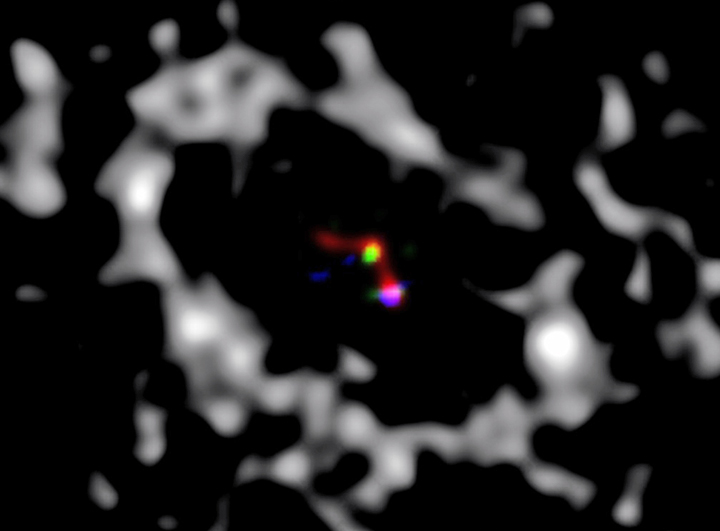For the first time, astronomers have caught a planet in the act of being born.

Solar systems are born out of clouds of molecular dust and gases. The gas and dust slowly rotates and then speeds up (think of an ice skater pulling his or her arms in to gain momentum). The core forms a spinning disk. Some of the material spirals into the centre, but some of the dust remains. That dust begins to clump together forming larger clumps which in turn makes rock.
READ MORE: Astronomers find ancient star system with 5 Earth-size planets
When planets form, they give off an immense heat signature. Using specialized telescopes — the Large Binocular Telescope in Arizona and the University of Arizona’s Magellan Telescope and its Adaptive Optics System (MagAO) located in Chile — the international team of scientists captured the planet’s heat signature in the form of hydrogen alpha wavelength, which is invisible to the human eye. Both the star and the planet gave off this signature.
The planet circles a star known as LkCa 15, about 450 light years from Earth.
The study was published in the scientific journal Nature.


Comments